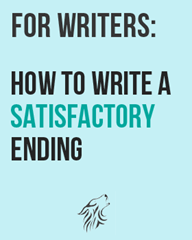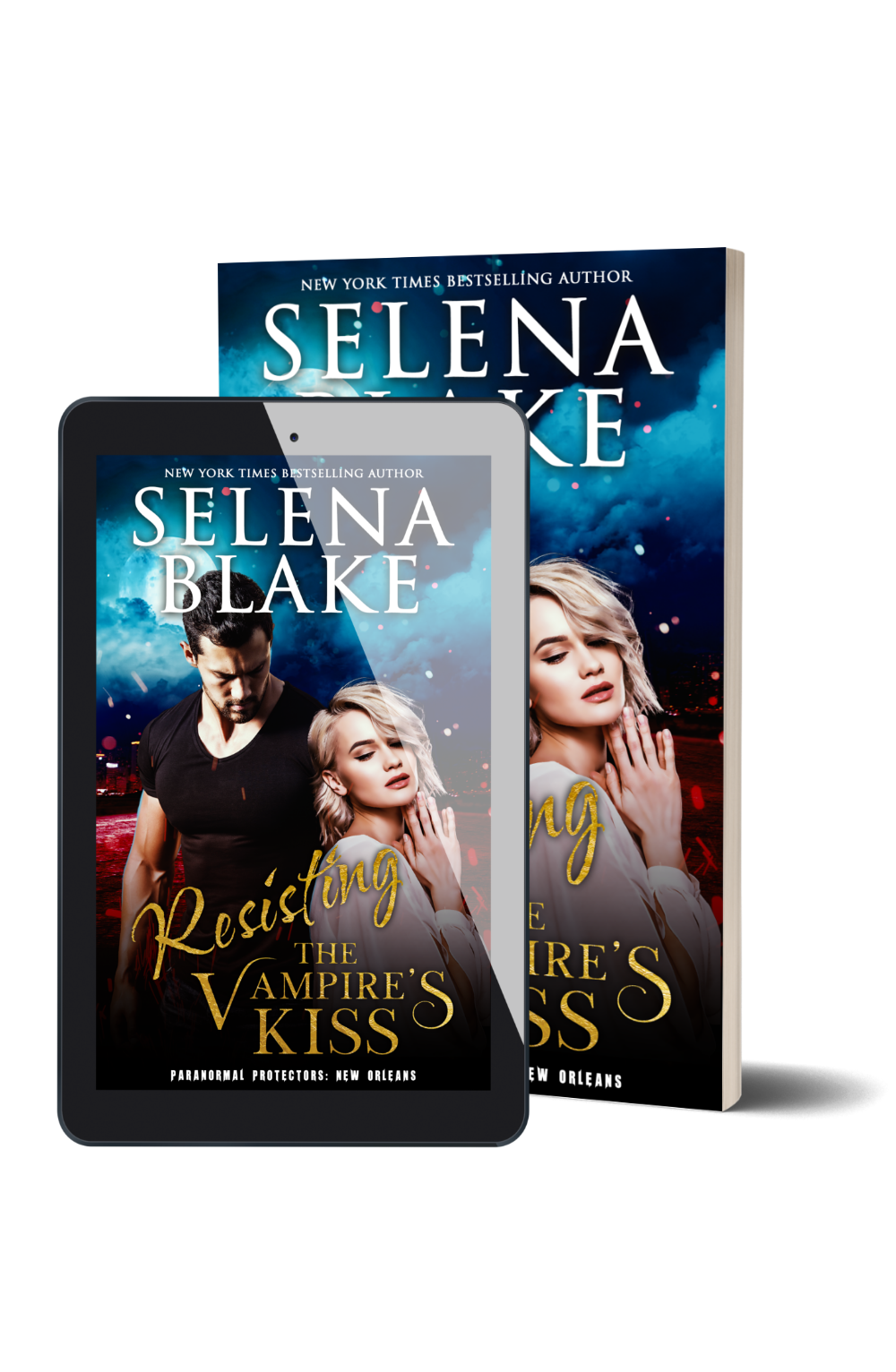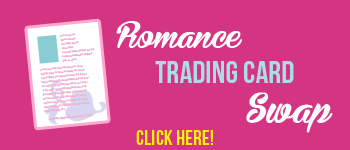When I asked what topics for writers I should cover, one of my Facebook fans suggested ‘developing satisfactory endings.’
Specifically, she wanted to know how to develop endings that didn’t leave characters scratching their heads and that’s a very important part of the equation. A different part of the equation than a merely satisfactory ending.
Writing and story telling is, of course, subjective. But I think we can all agree that a good ending is important. And while everyone’s definition of a good ending is a little different, most people agree that in a romance novel we want to feel that ‘ahhh’ by the end. It’s the blissful little sigh that leaves your body as you read the last word. It’s the knowledge that those two (or three or four) characters will be together forever. It’s having all the loose ends tied up. Subplots should reach a natural conclusion and we should feel like a full story was told.
ANSWER QUESTIONS
This is all a balancing act of course. Getting the various story threads tied up can be tricky. For that, my advice is to read the book all the way through and make note (yes, like on a piece of paper!) of any questions you have. List any questions that you introduce in the story.
Example: you make mention of the heroine’s past but don’t go into detail. This affects her throughout the story, but do you ever tell what happened in her past? Do you answer that question that you’ve created?
Note any open threads that need to be resolved. Is there a mystery element or a hint of suspense? Does it get solved? Answered? Resolved in any way? Are there any secondary love stories that need a conclusion or a happy for now ending? Did your character have a goal? Did they meet it?
I find that reading the story with only these long term questions in mind really helps you beef up the ending. You can make sure all those questions are answered sufficiently. To me, part of a satisfactory ending is addressing all the questions you raised in the first 95% of the book.
GIVE AN ENDING TIME
The other part is making sure that the couple has a sweet, happy ending. Some writers tie things up too quickly for my tastes. A quick I Love You and then The End isn’t going to cut it for me. I want a little time for the characters to reflect on their new love, profess that love and then a look at how their love changes them.
SHOW THE CHARACTERS LOVE AND FUTURE PLANS
How is this new relationship going to work? Are there any final obstacles that need to be addressed? Is it a long distance relationship? Do their families approve? Is he going to overcome his commitment phobia and how?
Knowing the characters are going to work everything out and a mention of a few of the steps they plan to take, I like that. This leads me to believe they see a future together. That’s what I want to see in a HEA or HFN (happy for now) ending.
MAKE THE ENDING ITS OWN STORY
I have a friend who struggles with her endings. Readers have called her endings abrupt. And they’re right. She ties things up and that’s that. I think the best way to combat this is by looking at the ending, the happily ever after, as it’s own story. If that was all you were going to write about these two characters (think of it as a short story or short film) what would you say? How would you tell their story? How would you show this monumental moment in their lives?
- What fears do they have? Why? Why are they able to overcome those fears? How does the other character help them?
- What emotions are they feeling? Show them.
- What have they wanted to say but been unable to until now? Unleash that. I think long monologues are perfectly acceptable at the end of a book. Especially if they’re a profession of love.
- What are they looking forward to in the future? How does this other person fit into their life? How does he or she complete her or him?
- Where are they? Give us a few hints to space and time, just enough to ground the scene. But remember, this moment is about them and the rest of the world should fade away.
THINK OF THE ENDING IN A THREE ACT STRUCTURE
Tell the happily ever after in three parts. Beginning, middle and end. What happens as they enter the scene? What are their emotions and their problems and their goals? How do these things change in the middle of the scene? Do they see a different outcome than they expected a few minutes ago? And the ending. Everything is resolved. All issues are discussed. Love, forever, or happy for now is professed. The grand gesture is made and they’re ready to ride off into the sunset.
CONCLUSION
That’s a lot to pack into the tail end of a book. Especially when you’ve spent so much time with characters and let’s face it, you might be getting a little tired of them. You might be tired of the story.
But the ending is so important to get right. It’s the last thing you leave with readers. Their last impression. You must make it a good one. Whoever said your ending sells your next book is absolutely correct.
So give me your best ‘ahh’ ending.
LET’S HEAR FROM YOU!
And if you’ve got thoughts or tips on writing a killer ending, I’d love to hear them. Email me at selena@selena-blake.com or leave a comment below.



